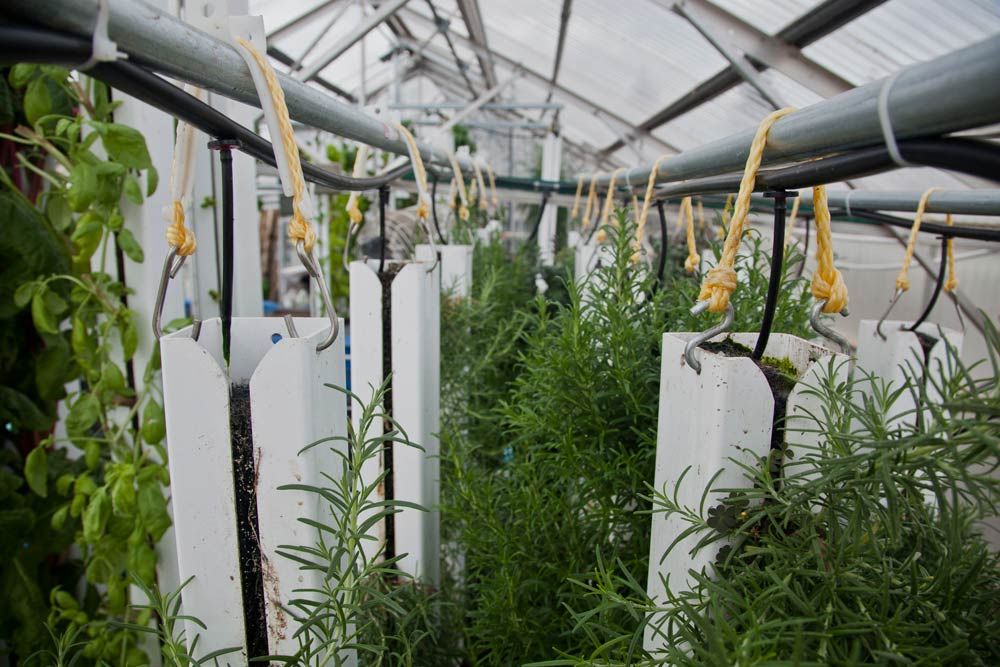
Maximizing Yield and Efficiency: The Importance of Crop Selection in Vertical Farming
Introduction
Vertical farming is a revolutionary solution in modern agriculture that addresses the challenges of limited space and environmental sustainability. This article provides an overview of vertical farming, emphasizing its importance and benefits. Additionally, it highlights the crucial role of crop selection in ensuring the success of vertical farming.
Historical Background
The concept of vertical farming has evolved over time, with its origins dating back to ancient civilizations. However, recent breakthroughs and milestones in vertical farming technology have propelled its popularity and potential.
Key Concepts and Definitions
Vertical farming refers to the practice of growing crops in vertically stacked layers, utilizing techniques such as hydroponics, aeroponics, and aquaponics. These techniques enhance the efficiency and productivity of vertical farming.
Main Discussion Points
Point: Crops with high yield and fast growth
Selecting crops that maximize space usage is critical in vertical farming. Crops with high yield and fast growth ensure optimum utilization of the vertical space, resulting in increased productivity and profitability.
Point: Crops with efficient nutrient absorption
Efficient nutrient absorption is vital for the overall health and growth of crops in vertical farming. Choosing crops that possess this trait helps in reducing resource wastage and maximizing nutrient utilization, contributing to the sustainability and efficiency of vertical farming systems.
Point: Crops with compact growth habits
Crops with compact growth habits benefit vertical farming by occupying less space, allowing for more plants in a limited area. They also facilitate easy management, promote air circulation, and prevent overcrowding, enhancing overall crop health and yield.
Case Studies or Examples
Case study: Successful vertical farm using specific crops
Green Sky Farm specializes in growing leafy greens like lettuce and herbs. They optimized their crop selection to maximize productivity using a hydroponic system, demonstrating the importance of choosing the right crops in vertical farming.
Case study: Comparison of different vertical farms focusing on crop selection
Comparing various vertical farms with different crop selection strategies helps identify the most suitable crops for optimizing productivity in different vertical farming systems.
Current Trends or Developments
Recent research findings have contributed to the ongoing optimization of crop selection in vertical farming. Improved understanding of plant physiology and genetic advancements have led to the identification of specific crops that thrive in vertical farming environments, offering higher yields and improved resource efficiency.
Emerging technologies such as AI-driven data analysis and sensor-based monitoring systems are revolutionizing crop selection processes in vertical farms, aiding in identifying the most compatible crops based on environmental conditions, nutrient requirements, and growth patterns.
Challenges or Controversies
Controversies surrounding the use of genetically modified crops (GMOs) in vertical farming continue to exist. While GMO crops offer potential benefits such as increased yield and resistance to pests, concerns regarding their long-term effects on human health and the environment persist.
Ensuring a balanced diet in vertical farms poses challenges related to crop diversity. While vertical farming excels in producing certain types of crops, balancing nutritional needs and consumer preferences is crucial to avoid potential dietary deficiencies.
Future Outlook
The future of crop selection in vertical farming holds tremendous potential for advancements. As research and technology progress, more crop varieties will be tailored to suit vertical farming environments, further optimizing yield and resource efficiency. These advancements will play a pivotal role in achieving food security and sustainable agriculture in the face of increasing global challenges.
Conclusion
Crop selection is a fundamental aspect of successful vertical farming. By choosing crops with high yield and fast growth, efficient nutrient absorption, and compact growth habits, vertical farmers can maximize space, resources, and productivity. Ongoing research and advancements in crop selection will ensure a sustainable and secure food production system.